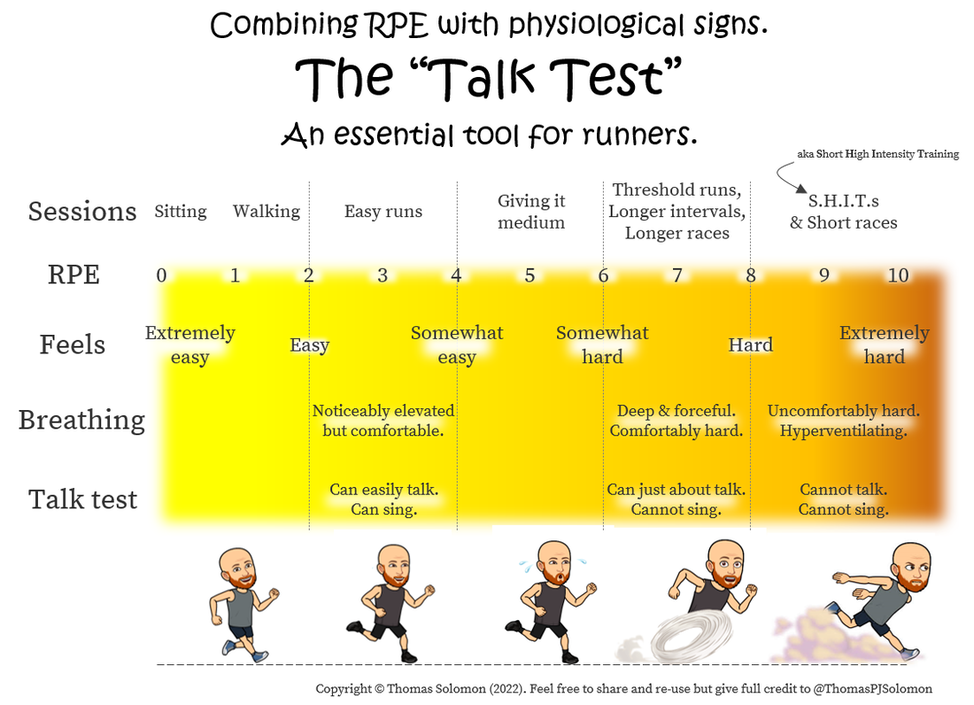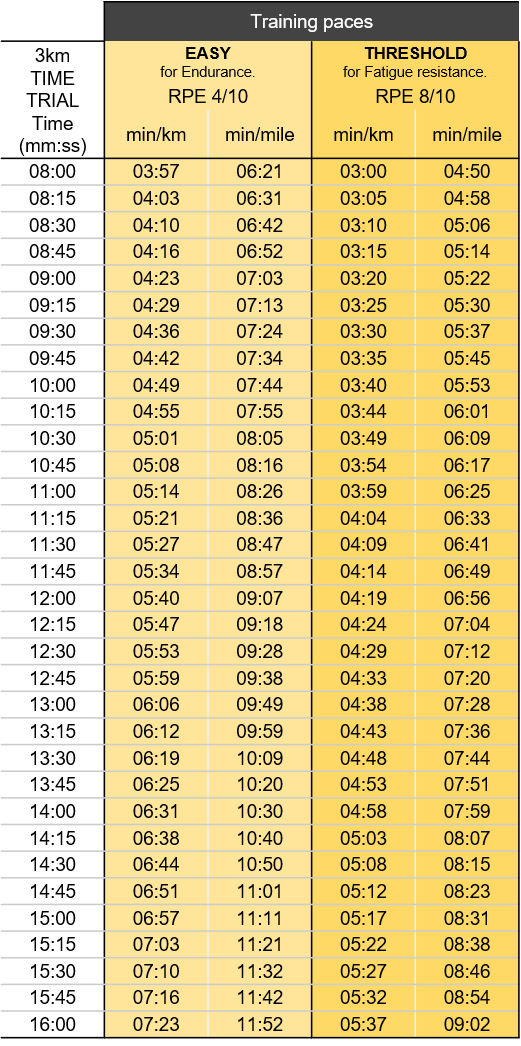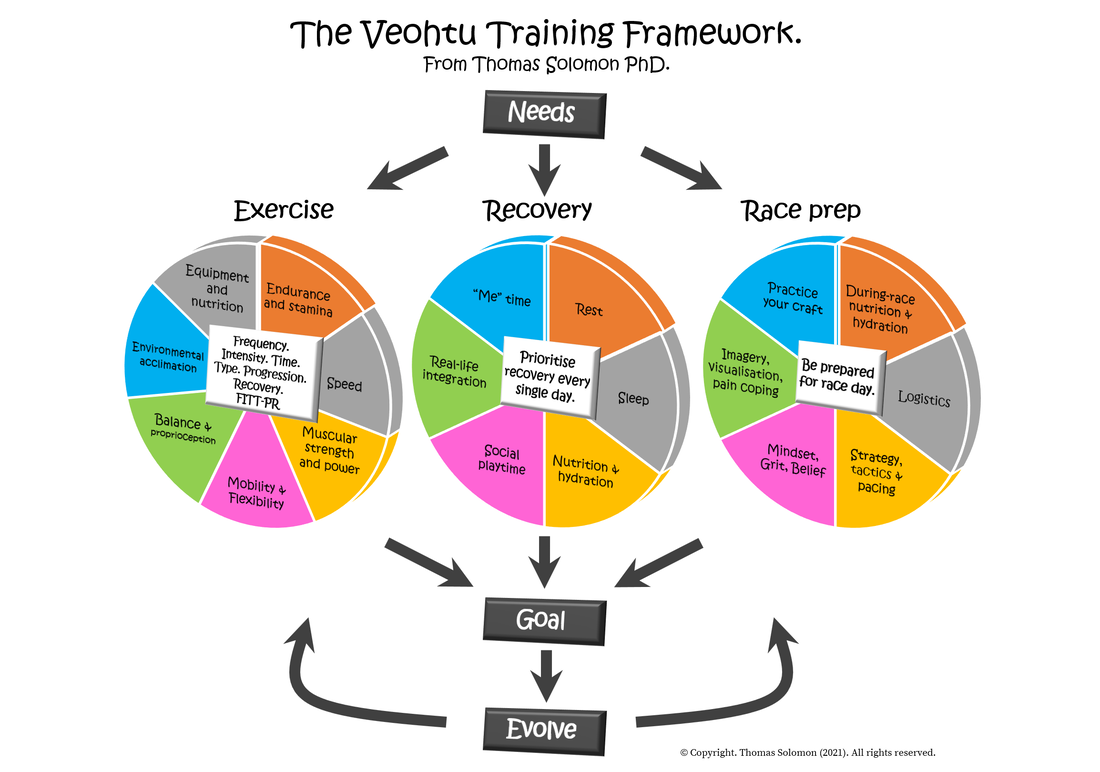Free OCR training plan.
Run. Hang. Carry. Repeat.
Improve your fitness and learn how to train smart, run fast, and be strong.
A structured, periodized, scientific, and educational exercise training plan.
For obstacle course racers (OCR) or Spartan race newbies.
Informed by experimental and empirical evidence.
Designed by me, Thomas Solomon PhD.
|
|
FITNESS TESTS:
Before joining this free weekly training for the first time, complete the following 3 fitness tests. The results will help ensure you are working at the correct absolute intensities during the sessions, which will help maximise your performance gains. "Fitness test" weeks recur during the training cycle to see how things are improving and to re-calibrate your absolute training intensities. If you are re-joining the training after a break (due to illness, injury, or apathy), please repeat the tests.
Start with Run Warm-up (see suggestion here), then:
Race 3 km as fast as you can — e.g. run 7.5 laps of a 400 metre running track, or find a flat and uninterrupted route using Mapmyrun, or set a 3 km distance function on your GPS watch.
Compare your finish time against the pacing table (see chart here) to see what your training paces should be.
Finish with 5-mins of EASY running followed by Cool-down exercises (see suggestion here).
Start with Grip Warm-up (see suggestion here), then:
Dead-hang on a pull-up bar with a closed-grip (thumbs wrapped), record time to failure.
This time will be used to determine your hangtime in the grip training sessions. Finish with Cool-down exercises (see suggestion here).
Start with Circuit Warm-up (see suggestion here), then:
Wide-arm pull-ups to failure, palms facing forwards, closed-grip (thumbs wrapped), chin-over-bar, no kipping.
Study this video for correct pull-up form.
Record the total number of unbroken reps you can complete.
Finish with Cool-down exercise (see suggestion here).
NOTE: if you cannot do a pull-up, start with these:
→ Scapular pull-ups. Progressing to
→ Self-assisted pull-ups. Progressing to
→ Band-assisted pull-ups. Progressing to
→ Machine-assisted pull-ups.
It will take time but STICK AT IT! Doing this progression, combined with the exercises prescribed in the circuit sessions, will help build the strength you need to eventually nail your pull-up.
NOTE: all Warm-up and Cool-down exercises are described in a section further down this page.
Once you have completed the fitness tests, you are ready to rock!







